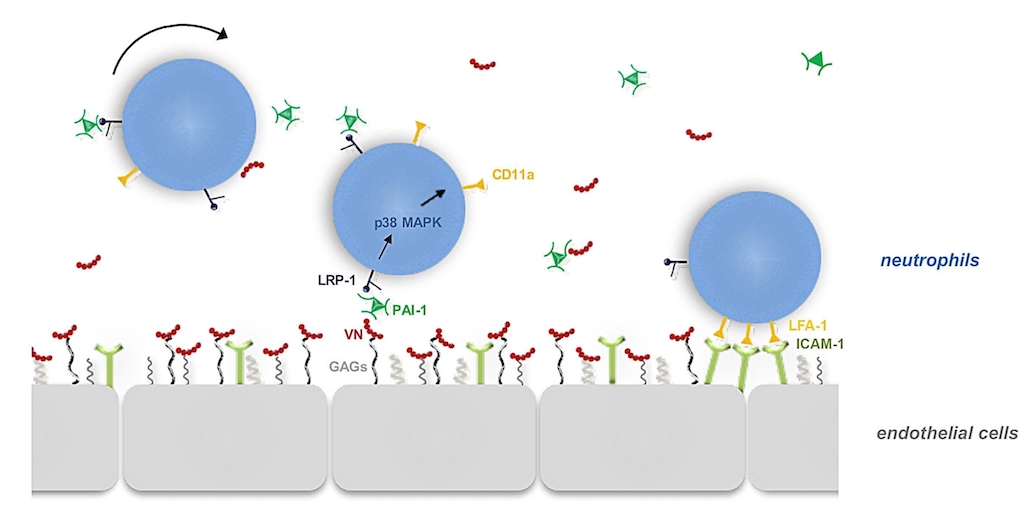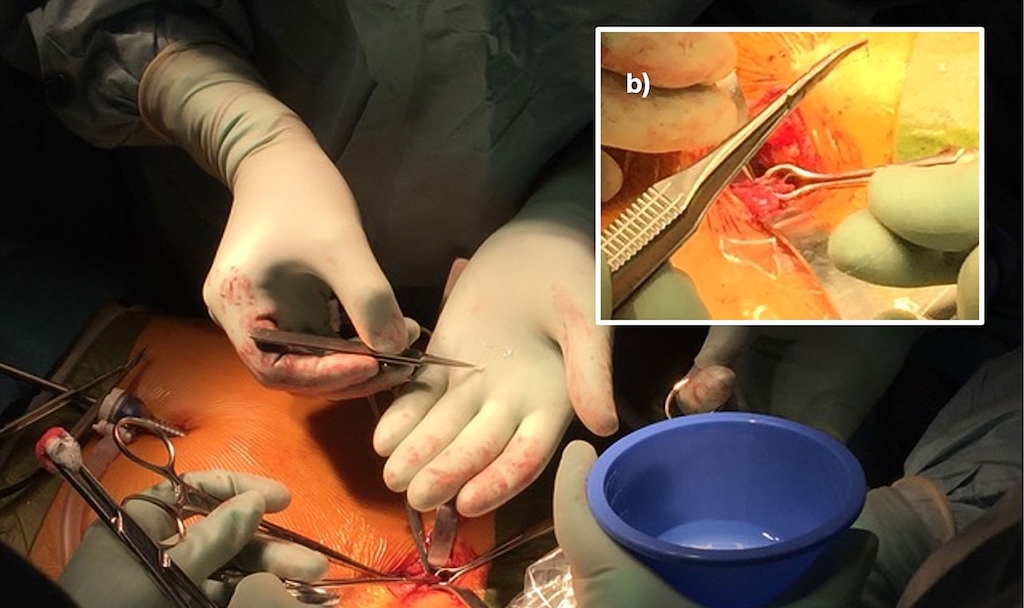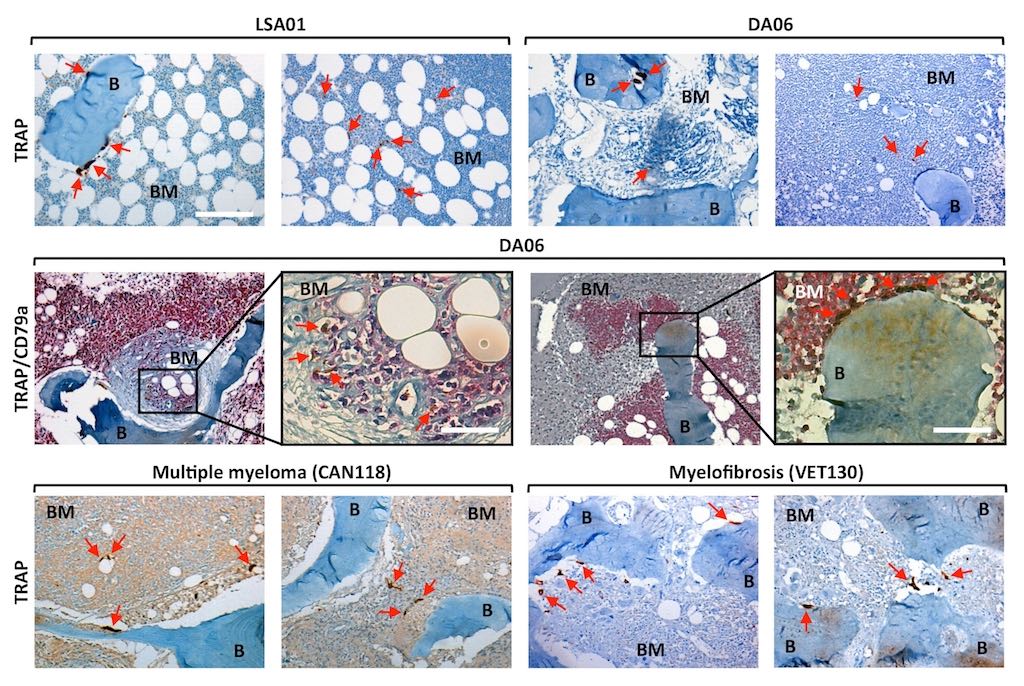ISSUE
October, 2021
No. 106 (10)
2022 CiteScore: 13.3
2022 Impact Factor: 10.1
EDITOR'S PICKS
ARTICLES IN THREE SENTENCES

Article
Vitronectin stabilizes intravascular adhesion of neutrophils by coordinating β2 integrin clustering
The recruitment of neutrophils to the site of injury or infection represents a key event in the inflammatory response. Using in vivo/ex vivo imaging techniques in mouse models, as well as in vitro methods, this study revealed that heteromerization of vitronectin with PAI-1 on the microvascular endothelium is critical for the process of extravasation of neutrophils. Targeting this process might be beneficial for the prevention and treatment of inflammatory diseases.

Case Report
Successful pregnancies after transplantation of ovarian tissue retrieved and cryopreserved at time of childhood acute lymphoblastic leukemia – A case report
A 14-year-old female with high-risk, acute lymphoblastic leukemia obtained remission by induction and consolidation treatment. Before bone marrow transplantation, an ovarian biopsy of half an ovary was obtained by laparoscopy and cryopreserved. Several years later, this ovarian tissue was transplanted and 1 year later the patient become pregnant by in vitro fertilization and delivered a healthy baby. The following year the woman achieved a natural conception.

Article
Chronic lymphocytic leukemia cells impair osteoblastogenesis and promote osteoclastogenesis: role of TNFα, IL-6 and IL-11 cytokines
This study investigated whether cytokines secreted by chronic lymphocytic leukemia (CLL) cells participate in bone alterations of affected patients. The authors concluded that CLL cytokines prevent osteoblast-induced bone formation and contemporarily stimulate the expansion of osteoclasts. Moreover, osteoclasts protect leukemic cells from apoptosis and stimulate their proliferation. These findings widen the perspective for novel therapeutic targets.

Article
Fetal hemoglobin rescues ineffective erythropoiesis in sickle cell disease
This study of non-transplanted patients with sickle cell disease documented the occurrence of ineffective erythropoiesis at late stages of terminal erythroid differentiation with cell death between the polychromatic and the orthochromatic stages. The molecular mechanism responsible for cell death is likely related to HbS polymerization and its interaction with chaperone protein HSP70. Of note, increased expression of fetal hemoglobin can rescue differentiating erythroblasts from cell death.
TAKE ADVANTAGE FROM HAEMATOLOGICA





